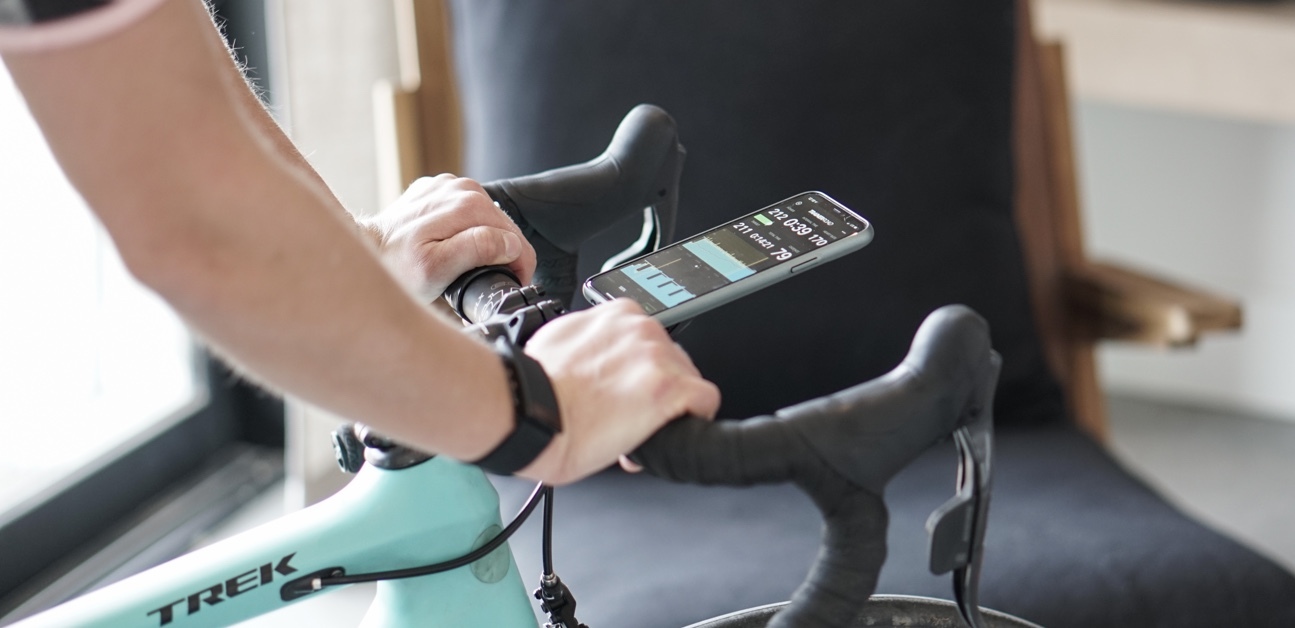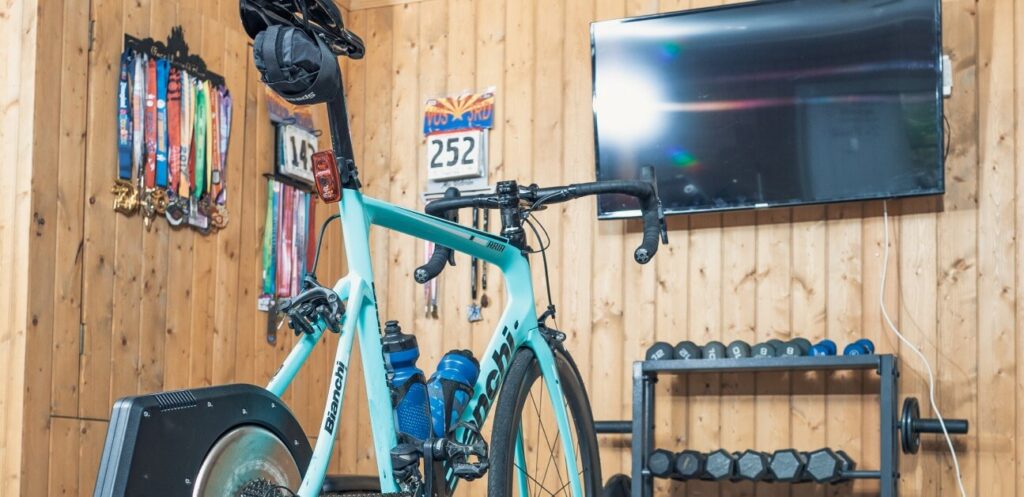Spend any time cycling, and you will likely experience numbness in your hands, feet, or perineum. With a few small changes to your fit and equipment, you can increase your comfort on the bike.
For more information on equipment and training check out Ask a Cycling Coach Ep 262.
What Causes Numbness?
The compression of nerves causes numbness in the hands, feet, or perineum. As the soft tissue compresses, it places pressure on the particular nerve and blocks the electrochemical signals. This is less about blood flow and more about a blockage of the peripheral nerves. When the pressure is relieved, the nerves begin firing intermittently, which causes the sensation of pins and needles. Fortunately, there are some things that you can do to prevent and manage numbness while cycling.
Adaptive Training
Get the right workout, every time with training that adapts to you.
Check Out TrainerRoadThe best way to address the numbness is with a proper bike fit. Find a reputable fitter in your area that can balance both your performance and comfort goals. It’s a good idea to visit a medical professional if the numbness persists off the bike.
Hand Numbness
Cause
In general, hand numbness is caused by the compression of one of three nerves. The Ulnar, Radial, and Median are the hand’s primary nerves that pass through the wrist and branch throughout the hand. Hand numbness is most commonly experienced in the ring and pinky fingers, caused by pressure on the Ulnar nerve. A variety of reasons can be the source of the pressure, but the two most likely are an unnatural wrist angle and too much forward weight on the hands.
Solutions
There are a few things that you can do to help with hand numbness. The first thing is to look at your bike fit. Make sure the drop from your saddle to your handlebars is right for you. The greater the amount of drop, the higher the risk of hand numbness because of the additional weight the hands have to bear. You can change this measurement by lowering your saddle or raising the handlebars.
Another thing to check is the shifter hood position. You want a neutral line from the forearm into the hands so that the wrist isn’t cocked or bent. You may have to adjust the rotational position of the handlebars in addition to the hoods. When changing your fit, make changes in small increments.
Aside from changes in bike fit, there are a few other solutions to hand numbness. One is to rotate hand position around that handlebars every few minutes. Moving your hands from the hoods, tops, and drops will help keep the pressure off one specific area of the hand. Another thing that can help is gloves, but this is highly individual. Just because a glove has more padding doesn’t necessarily mean it will help. Sometimes more padding can further compress the soft tissues surrounding the hand.
Saddle Numbness
Cause
Spend any time cycling, and the issue of saddle discomfort will surface. Saddle shape, size, and positioning all determine if a saddle works for you. The compression of soft tissue against the perineal nerve is the main cause of saddle numbness. Restricted blood flow can cause genital numbness as well.
Solutions
The first solution for saddle numbness is to find a saddle that fits. That means you want one that allows you to anchor your sit bones without compressing the soft tissue in the perineal area. The right saddle can be hard to find because what works for someone else might not work for you. It’s a good idea to look for brands that offer a fit guarantee, so you can exchange the saddle if it doesn’t work.
Aside from saddle shape, you can also try adjusting the tilt angle. In general, a slight nose down angle works for most people. But dropping the nose too far down can put excess pressure on your hands. Again, if you are going to make changes in the tilt angle, start small.
A solution to saddle numbness that doesn’t involve changing your saddle is a simple one. Stand up on the pedals to relieve perineal pressure. When you return to a seated position, make sure to anchor on top of your sit bones. Riding out of the saddle can help.
Feet and Toe Numbness
Cause
Foot and toe numbness come from the compression of several nerves in the foot. The forefoot is a fairly delicate structure. Not only does it receive pressure on the bottom from you driving the pedals, but also from the shoe squeezing the foot. A common location of foot numbness is the outside of the foot, which is fed by the sural nerve. Improper cleat placement and ill-fitting shoes can cause foot and toe numbness.
Solutions
A properly fitting shoe and cleat placement are an excellent start to address foot numbness. The shape, volume, and width can vary wildly between brands. Additionally, some shoes will break-in and stretch, although synthetic leathers tend not to stretch as much.
Don’t forget about how tight you are sinching the BOA dials, buckles, or velcro. Give your foot some room then tighten as needed. If you are reticent to change your shoes, a quick fix is to wear a thinner sock. This helps give your foot some room. Finally, moving your cleat position rearward can also help relieve pressure in the forefoot. Just be careful to check for toe overlap. Remember that moving your cleat rearward will effectively lengthen your saddle height a small amount.
Solving numbness in the hands, saddle area, or feet can be a trial and error process. If you are going to make changes to your bike fit, remember to make changes gradually. Or better yet, find an experienced fitter in your area.
For more cycling training knowledge, listen to Ask a Cycling Coach — the only podcast dedicated to making you a faster cyclist. New episodes are released weekly.
References
Netter, F. H. (2019). Atlas of human anatomy.
Bressel, E. “Bicycle seat designs and their effect on pelvic angle, trunk angle, and comfort.” Med Sci Sports Exerc 35(2) Feb. 2003: 327-332.
Wilson, C. “Interface forces on the seat during a cycling activity.” Clin Biomech Aug. 2007.
Swart, Jeroen MBChB, MPhil (SEM), PhD; Holliday, Wendy BSc, Physiotherapy, PhD Cycling Biomechanics Optimization—the (R) Evolution of Bicycle Fitting, Current Sports Medicine Reports: December 2019 – Volume 18 – Issue 12 – p 490-496

